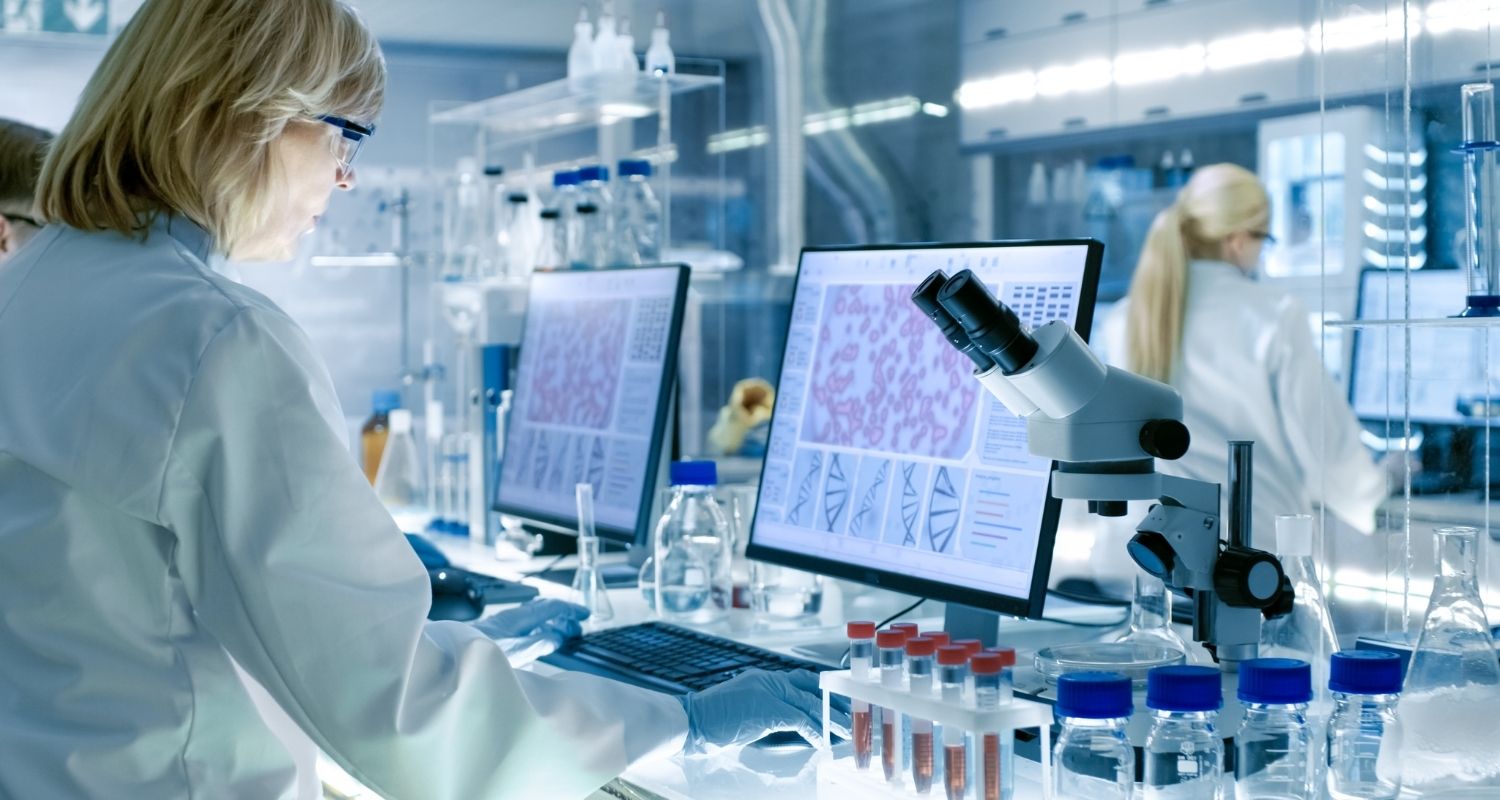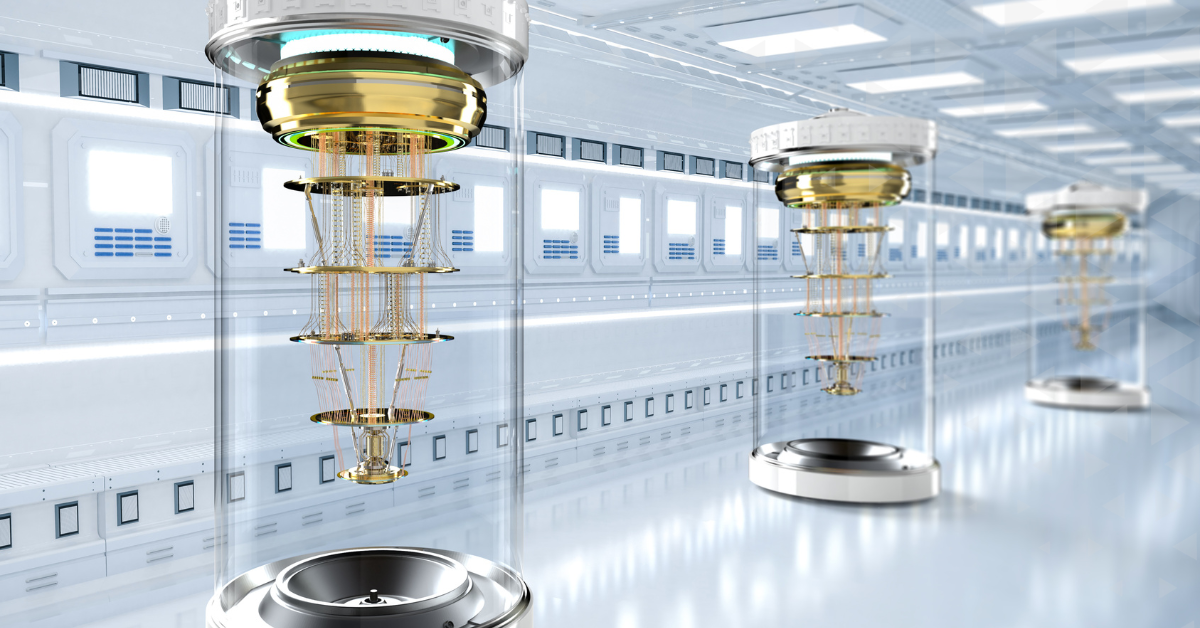
Season 3, Post 47: Some amazing things about laboratories
Say laboratory to many people and it perhaps brings back memories of botched experiments from distant school days or crazed professors in films working on novel projects. However, with the coronavirus pandemic having dominated the news for almost the last two years, laboratories are very much front of mind at present. Against this background, we were interested in a new report by CBRE out this week showing that while US office vacancy rates are at 17%, lab vacancies are just 5%, the lowest on record.
Read the detail and it’s apparent that while the pandemic has undoubtedly been a catalysing factor, the amount of venture capital flowing into life sciences has grown roughly twofold since 2019 and is now equivalent to an annualised rate of over $30bn. As we highlighted in our recent thematic outlook piece, medical knowledge is currently doubling every 73 days, a markedly faster pace than a decade prior, when the comparable figure was 3.5 years (per ASCO). Innovation is occurring across the spectrum, but particularly in respect of novel treatments and gene therapies, per the report.
It is also interesting to note that biotech job openings are currently outpacing even those in the tech sector and are currently running at their highest level ever (per the Bureau of Labour Statistics). The Boston area is apparently the hottest place in the US for demand, followed by San Francisco and New York.
A related story that caught our eye over the past week suggest that living ‘robots’ made in a lab have found a new way to replicate. The founding principle is based around that of a xenobot. This can best be thought of as a programmable organism that is created by assembling cells in a petri dish in a not dissimilar fashion to how Lego blocks may be put together. The xenobots used for this study (a collaboration between a team from Tufts, Harvard and Vermont Universities) were made of cells taken from the African clawed frog. No modification occurs, according to the researchers; cells are simply combined in different arrangements to produce the xenobots. While they have no brain or digestive system, they can be effectively programmed by researchers (using a process call kinematic self-replication) to corral other cells, hence the analogy with robots. While still early days, the potential for applying these findings, particularly in the field of regenerative medicine, is significant. At the least, it means more likely demand for already-scarce lab space.
8 December 2021
The above does not constitute investment advice and is the sole opinion of the author at the time of publication. The author of this piece has no personal direct investment in the business. Past performance is no guide to future performance and the value of investments and income from them can fall as well as rise.
Alex Gunz, Fund Manager
Disclaimers
The document is provided for information purposes only and does not constitute investment advice or any recommendation to buy, or sell or otherwise transact in any investments. The document is not intended to be construed as investment research. The contents of this document are based upon sources of information which Heptagon Capital LLP believes to be reliable. However, except to the extent required by applicable law or regulations, no guarantee, warranty or representation (express or implied) is given as to the accuracy or completeness of this document or its contents and, Heptagon Capital LLP, its affiliate companies and its members, officers, employees, agents and advisors do not accept any liability or responsibility in respect of the information or any views expressed herein. Opinions expressed whether in general or in both on the performance of individual investments and in a wider economic context represent the views of the contributor at the time of preparation. Where this document provides forward-looking statements which are based on relevant reports, current opinions, expectations and projections, actual results could differ materially from those anticipated in such statements. All opinions and estimates included in the document are subject to change without notice and Heptagon Capital LLP is under no obligation to update or revise information contained in the document. Furthermore, Heptagon Capital LLP disclaims any liability for any loss, damage, costs or expenses (including direct, indirect, special and consequential) howsoever arising which any person may suffer or incur as a result of viewing or utilising any information included in this document.
The document is protected by copyright. The use of any trademarks and logos displayed in the document without Heptagon Capital LLP’s prior written consent is strictly prohibited. Information in the document must not be published or redistributed without Heptagon Capital LLP’s prior written consent.
Heptagon Capital LLP, 63 Brook Street, Mayfair, London W1K 4HS
tel +44 20 7070 1800
email [email protected]
Partnership No: OC307355 Registered in England and Wales Authorised & Regulated by the Financial Conduct Authority
Heptagon Capital Limited is licenced to conduct investment services by the Malta Financial Services Authority.



